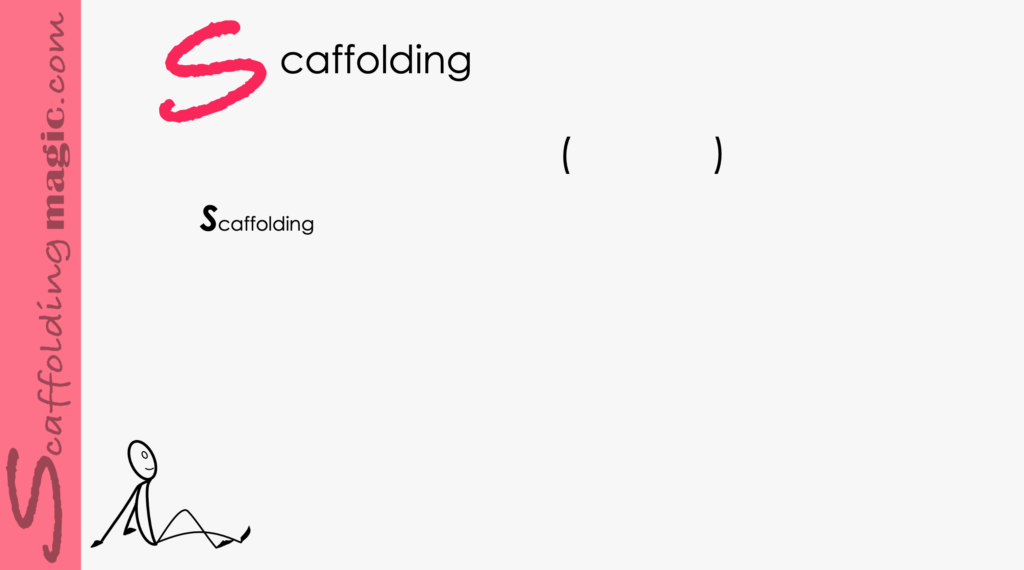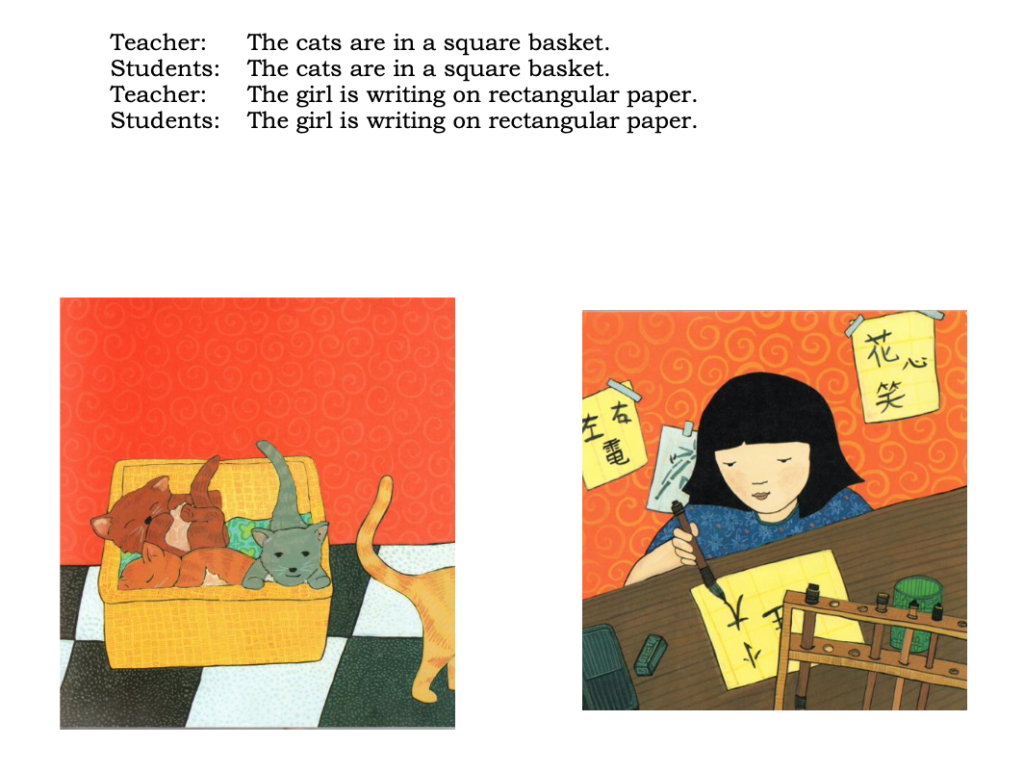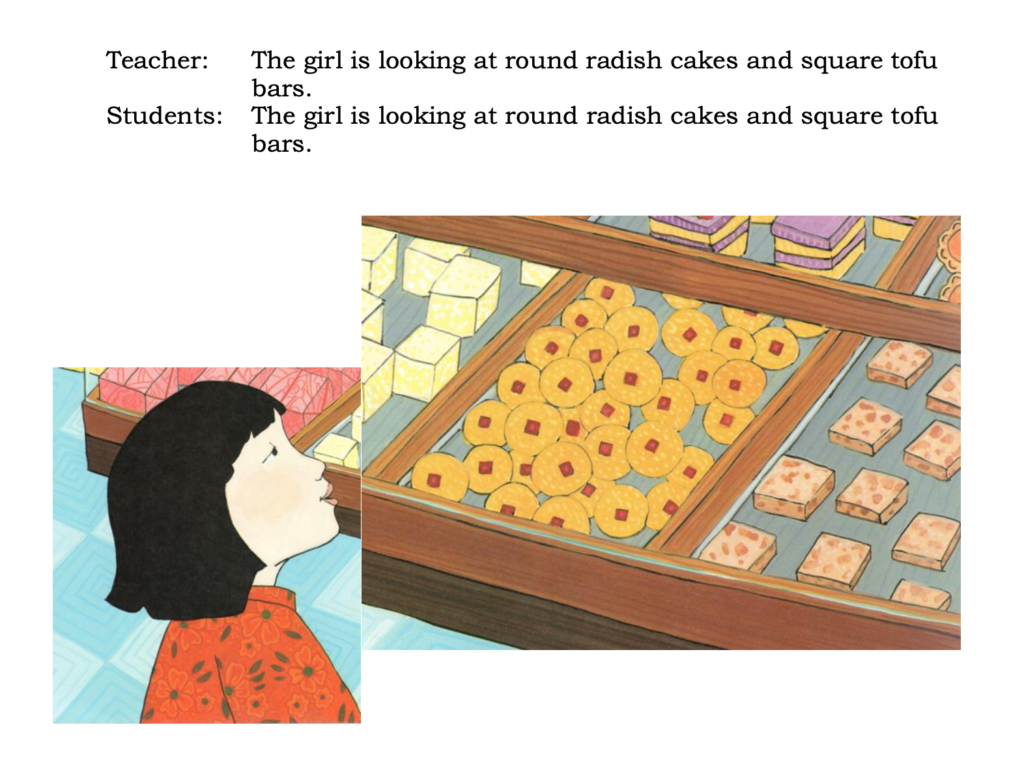You caught a beauty!!!
Download PDF of scaffold here.
Download PDF of scaffold here.
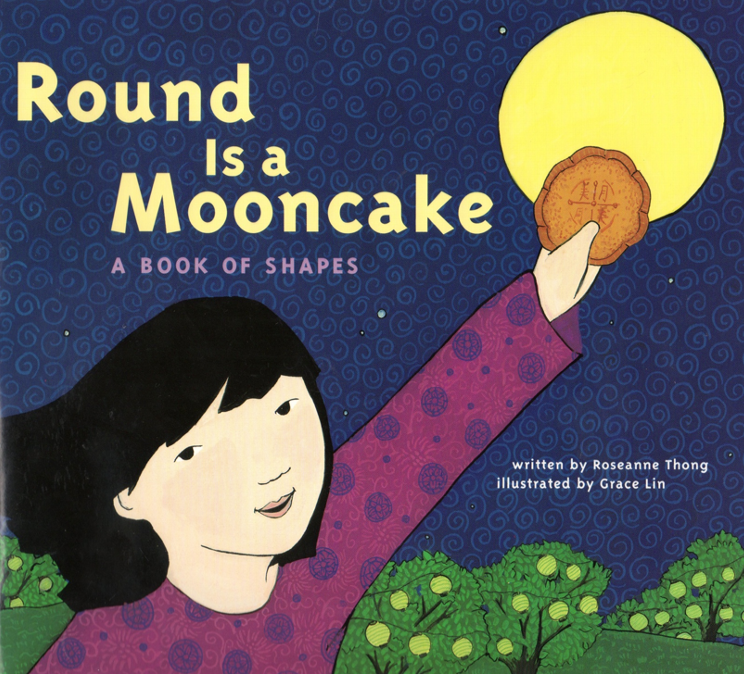
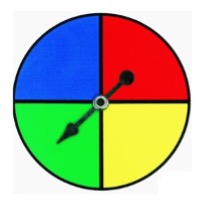
theory behind scaffold…
As a pre-school teacher, it’s easy to doubt your young students´ verbal abilities in a second (or third, or fourth) language; however, it’s been proven time and again that the same skills and turns of speech children can produce in their home language/s, they can produce in the classroom language. Most studies agree that a child reaches full grammatical cognition of a language at 7 years of age. Until then, it´s important to specifically target certain structures to reinforce the twists and turns involved in linguistic expression, in order to give your young learners more confidence in their verbal abilities. This scaffold helps students by making these skills more visible and tractable, in this case specifically in using comparatives and superlatives, and including interdisciplinary content for fuller learning experience.
As an example of how you can reinforce verbal skills, we have chosen Roseanne Thong’s beautifully illustrated story Round is a Mooncake: A Book of Shapes, a story that integrates geometric awareness in everyday objects, with cultural identifiers, all wrapped in rhymed phrasing. Young learners, especially, engage more deeply when they hear rhymed text; in truth, at any age, this dynamic helps generate more language and cognitive development. (Read more about the importance of rhyming at this site.)
step by step…
- Choose a book (in this case, we use Round is Mooncake: A Book of Shapes).
- Break up the sentences from the story into sections that may include: a) comparative statements, b) superlative statements, c) geometric (or mathematical) concepts and d) plot and characters.
(See examples above and download them in this PDF.)
- Print out a large spinner and put it in the middle of the circle of students. Make a gesture for each category (colour) so students will more easily remember what category the colours correspond to.
- One student goes to the middle of the circle and spins the spinner. She/he identifies the colour the spinner lands on and makes the gesture of which category that refers to.
- You hold up an image for that category, verbalise the pertinent information, and students repeat what you say in chorus, or answer a question you pose in chorus.
- Read the story together.
- Formative assessment: After you’ve all read the book, show images again and ask students to compare them, point out geometric shapes, or talk about the characters in the story.*
*Formative assessments are markers of student learning to determine the retention of knowledge (or lack thereof) of any lesson they have participated in. These assessments are crucial in our (the teacher’s) ability to determine whether we need to repeat or adjust the lesson, or whether our lesson was successful and we can confidently move forward knowing that our students’ base knowledge has been augmented.
*The value of using stories in lessons is well-documented. ‘Stories should not be construed as time-out from the serious business of teaching. Rather, they should be an integral part of lesson planning and presentation.’ (Noddings, Nel (1997), ‘The Use of Stories in Teaching’, Chapter 2 New Paradigms for College Teaching. 1997. Wm. E. Campbell & Karl A. Smith, Eds. Interaction Book Company.)


Scaffoldingmagic.com is your entryway into DYNAMIC bilingual learning methodologies, such as Phenomenon-Based Learning, CLIL, EMI, and ESL. You’ll find ways to implement critical thinking tools (DOK) to promote higher level thinking, the growth mindset, instill an ethic of excellence, deep reflection on learning, and all through multi-cultural, interdisciplinary activities. We have the keys to turning competences into action and to creating collective efficacy in your school so you move ahead as a unified, enthusiastic team.

